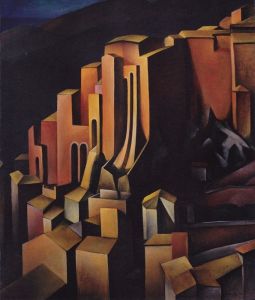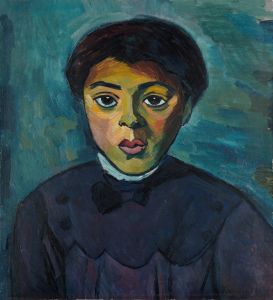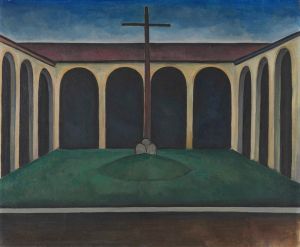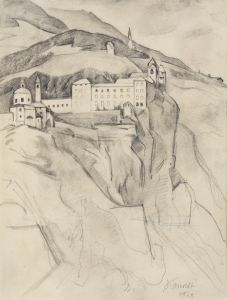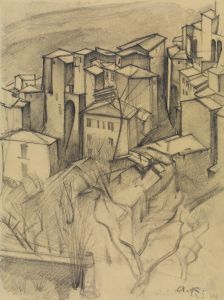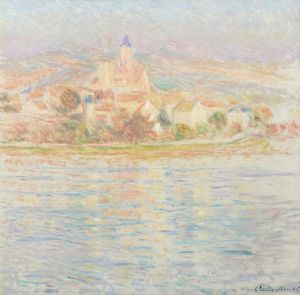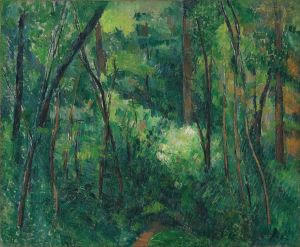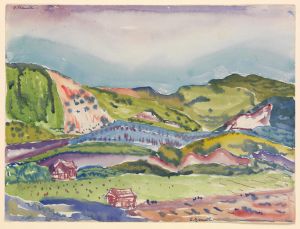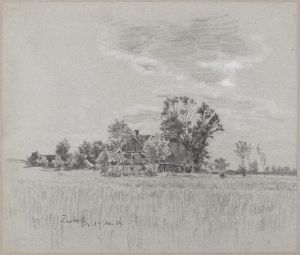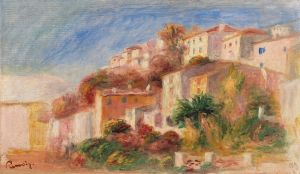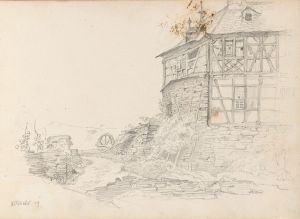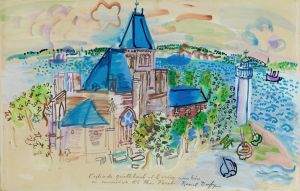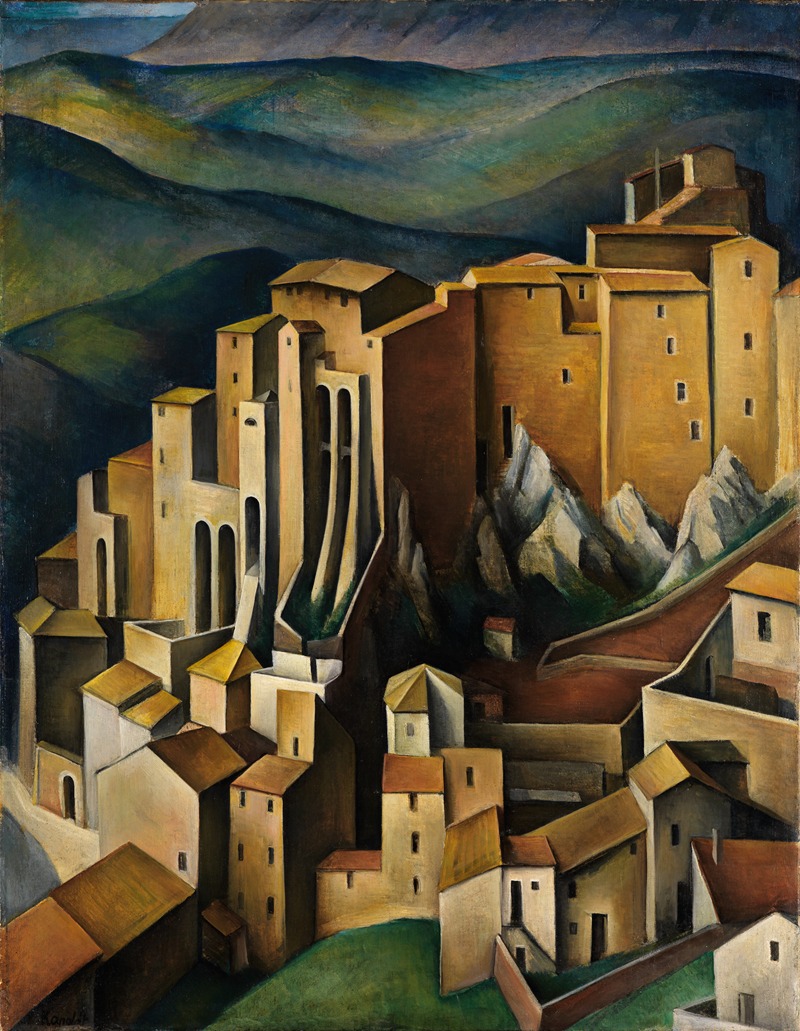
Olevano
A hand-painted replica of Alexander Kanoldt’s masterpiece Olevano, meticulously crafted by professional artists to capture the true essence of the original. Each piece is created with museum-quality canvas and rare mineral pigments, carefully painted by experienced artists with delicate brushstrokes and rich, layered colors to perfectly recreate the texture of the original artwork. Unlike machine-printed reproductions, this hand-painted version brings the painting to life, infused with the artist’s emotions and skill in every stroke. Whether for personal collection or home decoration, it instantly elevates the artistic atmosphere of any space.
Alexander Kanoldt (1881-1939) was a German painter associated with the New Objectivity (Neue Sachlichkeit) movement, which emerged in the 1920s as a reaction against the emotional intensity of Expressionism. Kanoldt's work is characterized by its precise, realistic style and often features still lifes, landscapes, and architectural scenes.
"Olevano" is one of Kanoldt's notable works, painted in 1923. The painting depicts the town of Olevano Romano, located in the Lazio region of Italy, which has historically been a popular destination for artists due to its picturesque landscapes and classical ruins. The town's scenic beauty and tranquil atmosphere have inspired many artists, including Kanoldt, who visited the area and captured its essence in his work.
In "Olevano," Kanoldt employs his characteristic meticulous technique to render the town's architecture and surrounding landscape with great clarity and detail. The painting showcases the artist's ability to combine a realistic portrayal with a sense of order and structure, typical of the New Objectivity movement. The composition is carefully balanced, with a focus on geometric forms and a harmonious arrangement of elements.
The painting features a view of Olevano Romano's buildings, with their distinctively Italian architectural style, set against a backdrop of rolling hills and lush vegetation. Kanoldt's use of light and shadow enhances the three-dimensional quality of the scene, creating a sense of depth and realism. The muted color palette, dominated by earthy tones and soft greens, adds to the painting's serene and contemplative mood.
Kanoldt's attention to detail is evident in the precise rendering of the buildings' facades, the textures of the stone walls, and the foliage of the trees. This meticulous approach reflects the influence of classical art and the artist's desire to capture the timeless beauty of the Italian landscape. "Olevano" exemplifies Kanoldt's mastery of the New Objectivity style, with its emphasis on clarity, order, and a restrained emotional tone.
The painting is part of Kanoldt's broader body of work, which includes numerous landscapes and still lifes that demonstrate his commitment to realism and his fascination with the interplay of light, form, and space. "Olevano" stands out as a testament to Kanoldt's skill as a painter and his ability to convey the quiet charm of a historic Italian town through his art.
Alexander Kanoldt's contributions to the New Objectivity movement and his works, such as "Olevano," continue to be appreciated for their technical precision and aesthetic appeal. His paintings offer a glimpse into the artist's vision of the world, characterized by a clear-eyed observation and an appreciation for the beauty of everyday scenes.





